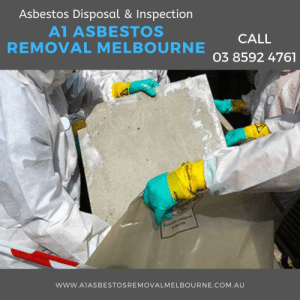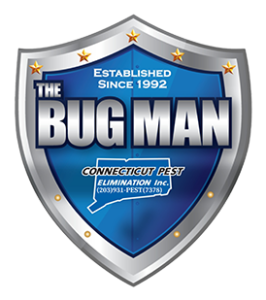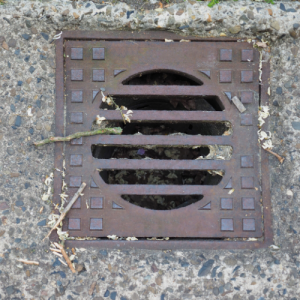The type of asbestos training that employees should get is determined by the task they do. Because it is the employer’s responsibility to provide training, it is their responsibility to analyze the hazards that employees will face, including those caused by asbestos, and then schedule suitable training appropriately.
- Training on Asbestos Awareness (Category A).
- Asbestos Training for Non-Licensed Workers (Category B).
- Asbestos Work Permit (Category C).
All asbestos training will make employees aware of the dangers of Asbestos Removal Northampton , what controls must be in place, and how to perform their respective work duties safely. Each of these categories provides varying levels of knowledge: Category A is a more basic level of awareness for alerting employees about dangers, whereas Category C is designated for high-risk work that licensed contractors must do.
Asbestos Awareness Training (Category A)

Asbestos awareness training is a basic level meant for persons who do not work directly with asbestos-containing materials but may be exposed to asbestos-related hazards. It focuses on informing workers about the risks and how to avoid possibly disturbing asbestos.
- Workers in the construction and demolition industries.
- Plumbers.
- Roofing contractors.
- Plasterers are those who work with plaster.
- Interior designers and decorators.
- Engineers in the field of heating and ventilation.
- Joiners and carpenters.
- Electricians are experts in their field.
- Plumbers and gasfitters
If they need to operate in a structure with undisturbed asbestos, but the activity does not require purposefully working with asbestos-containing materials, Category A would suffice.
Asbestos Training for Non-Licensed Workers (Category B)
Non-licensed and notifiable non-licensed work (NNLW) entails working directly with or disturbing asbestos-containing materials in some way, necessitating more information, education, and training than is provided in Category A. If they must operate with or disturb asbestos, Category B training trains employees who perform non-licensed and notifiable non-licensed work to do so safely. Control measures for reducing hazards, safe work practices, risk assessments, personal protection equipment, waste handling, and emergency procedures are frequently covered. It should also address situations where non-licensed work is required to be reported.
The following are some more specific examples of work activities that may fall within this category:
- Drilling holes in materials containing asbestos.
- Asbestos-containing floor tiles must be removed.
- Removing and reattaching asbestos insulating board panels that are loosely fastened.
- Work on conveyor belts, bonded rubber, or electric cables that contain asbestos.
- Work to repair minor damage to asbestos insulin boards over a short period.
Licensed Asbestos Work (Category C)
Licensed contractors must carry out any high-risk tasks, including working with, disrupting, repairing, and removing asbestos and asbestos-containing materials. Before they can do any licensed work, licensed contractors must complete an appropriate level of training, such as Category C, as well as practical training.
They go on to say that more specific work activities include:
- Getting rid of sprayed-on coatings.
- Any job that requires loose-fill insulation.
- Asbestos millboard work.
- Removal or other activities that may cause pipe lagging to be disturbed.
- Cleaning up large amounts of loose or fine debris, including ACM dust, if the job is not sporadic and low intensity, the control limit will be exceeded, or the work is not short-term.




